The emaciated body, exposed ribs, and hollowed-out stomach accentuate the dramatic effect of the Passion. Christ is depicted standing, his arms (now missing) likely hanging at his sides or nailed to a cross, according to known typologies. The perizonium tied on the left hip, with its well-structured folds, evokes the stylized textile treatments of the Upper Rhine or Burgundy workshops between 1380 and 1420.
The inclined head, with its melancholic face and precise modeling, is encircled by long hair falling over the shoulders – with a particularly striking detail: a single, isolated, twisted lock or "quilt" falling on the right side of the skull, giving the work a powerful asymmetrical dynamic.
Remarkable iconographic detail – The sideways hair:
This individualized sideways lock is a stylistic signature found in certain productions of the Upper Rhine (Strasbourg, Basel, Freiburg), ducal Burgundy, and occasionally in the Massif Central. It reflects a deliberate desire to intensify the twisting of the bust and the dramatic effect of bodily relaxation.
Comparisons can be made with:
The Christ of Mercy from the Œuvre Notre-Dame (Strasbourg)
The Descent from the Cross group from the collegiate church of Thann
Certain sculptures preserved in the Musée des Beaux-Arts in Dijon or the Schnütgen Museum in Cologne
This very specific type of hairstyle could allow an attribution to a workshop in the Upper Rhine or to the Burgundian circle active between 1380 and 1420, in the tradition of International Gothic.
Period: Late 14th – early 15th century
Probable region: Upper Rhine (Strasbourg, Basel) or Ducal Burgundy
Material: Walnut wood, carved in the round
Dimensions: Height 82 cm – Width 21 cm – Depth 18 cm, weight over 15 kg
Surface: Old brown patina, non-polychrome or polychromy completely lost
Condition: Missing arms, some age-related cracks, slight alterations, but structural stability preserved. Unrestored.
This figure of the Sorrowful Christ without a cross, often called Christ in Pity or Christ of Sorrow, was intended to be placed in a private chapel, an altarpiece, or to serve as a separate element of a sculpted Calvary. Its role was to serve as a support for meditation on the Passion, in the spirit of modern devotion born in the 14th century.
A sculpture of great expressive power
Rare and significant iconographic detail (twisted lateral strand)
Characterful piece, unrestored, with strong authenticity
A rarity on the market: very few Gothic sculptures of this size survive in such condition
Extremely careful shipping
#GothicChrist #SacredArt #MedievalSculpture #14thCentury #CarvedWood #LateGothic #ArtCollection #Proantic #DevotionalArt #PassionOfTheChrist #ArtHistory







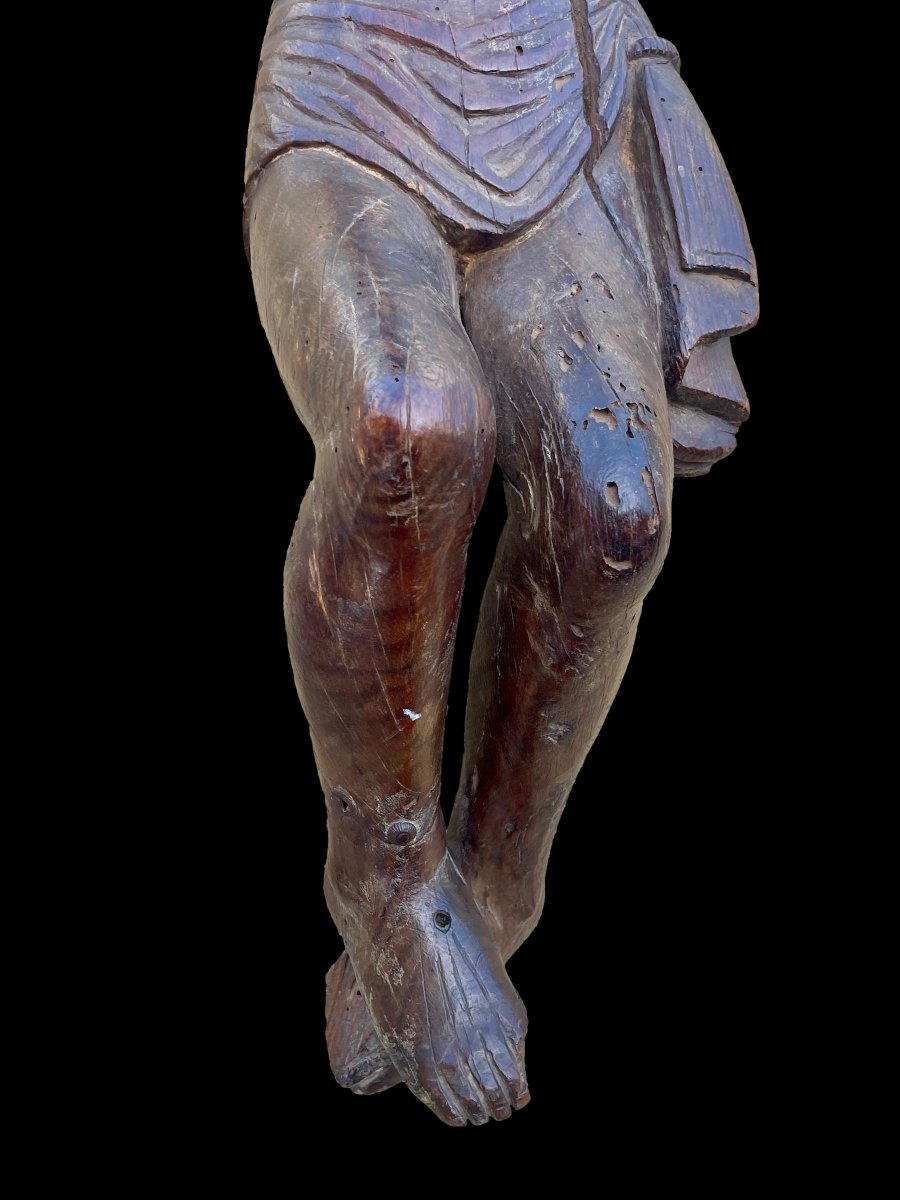






















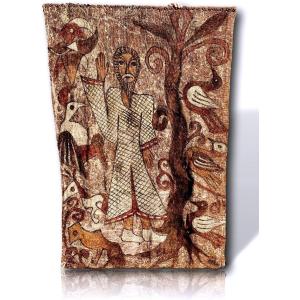
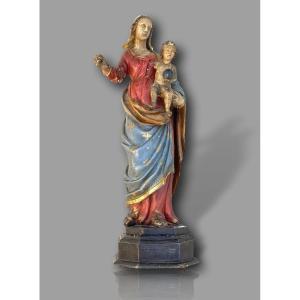
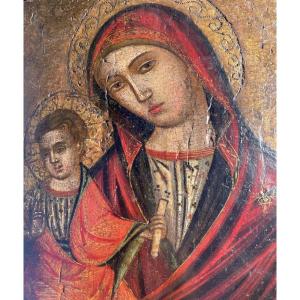





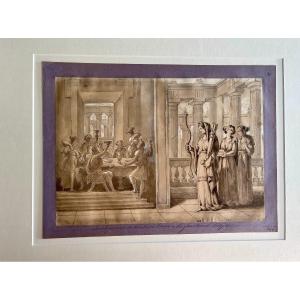

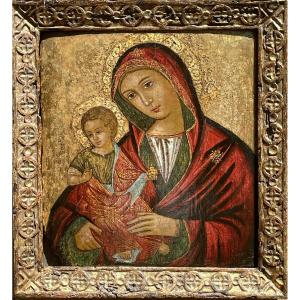
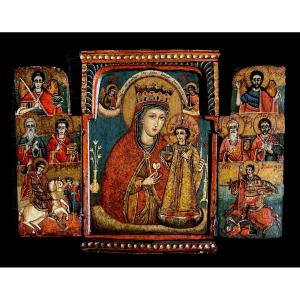



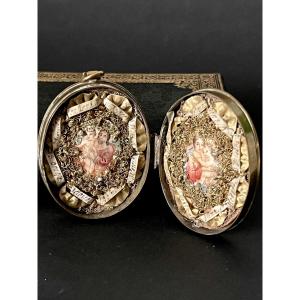
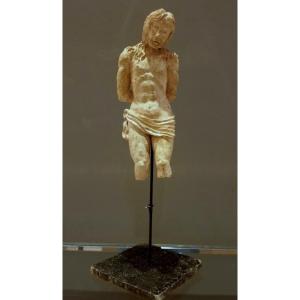



 Le Magazine de PROANTIC
Le Magazine de PROANTIC TRÉSORS Magazine
TRÉSORS Magazine Rivista Artiquariato
Rivista Artiquariato